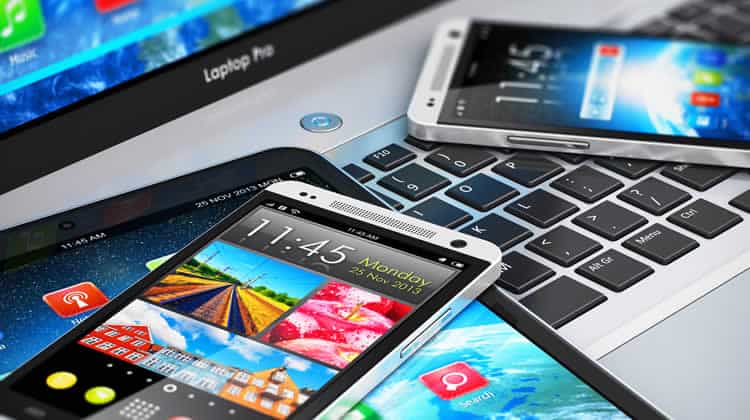
In today’s world of smartphones and tablets, companies have been forced to come to terms with the emerging business trend known as Bring Your Own Device (BYOD). In the past, many working professionals and IT departments were assigned to rigid working environments in order to keep a consistent usability environment for their mobile platforms. With apps and cloud computing making usability much more flexible than ever before, many companies are embracing BYOD as a viable option for their mobile ecosystem.
Moreover, Bring Your Own Device presents an ideal opportunity for usability testing across different devices. This infographic gives a little more insight to some of the advantages and disadvantages of the Bring Your Own Device trend.

This proactive approach that embraces technology sharply contrasts with what we are more accustomed to see within a corporate environment where internet connections especially those accessed via non-company devices are very closely monitored.
However, as see in the above infographic, Bring Your Own Device is a business practice that is set to stay since it’s advantages outweigh these disadvantages. At the same time, one might also expect to see an introduction of new precaution measures so as to safeguard the well being of the company which introduces it.
Want to learn more?
If you’re interested in the managerial and strategic aspects of UX, then consider to take the online course on UX Management and Strategy. If, on the other hand, you want to brush up on the basics of UX and Usability, then consider to take the online course on User Experience (or another design topic). Good luck on your learning journey!
(Lead image: Depositphotos)
